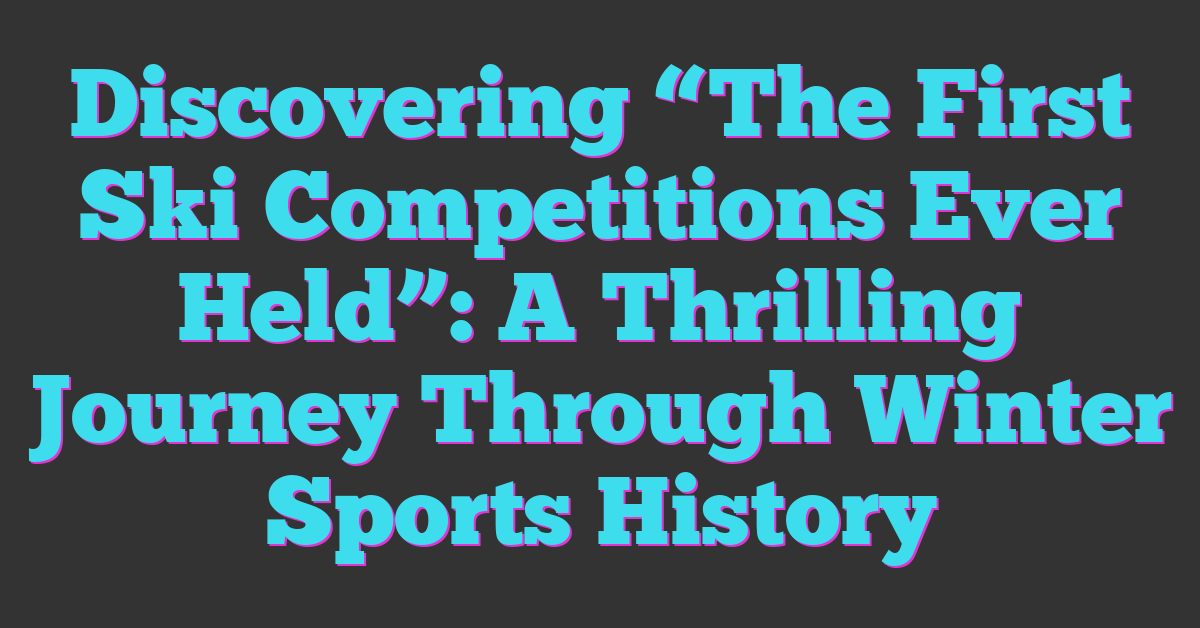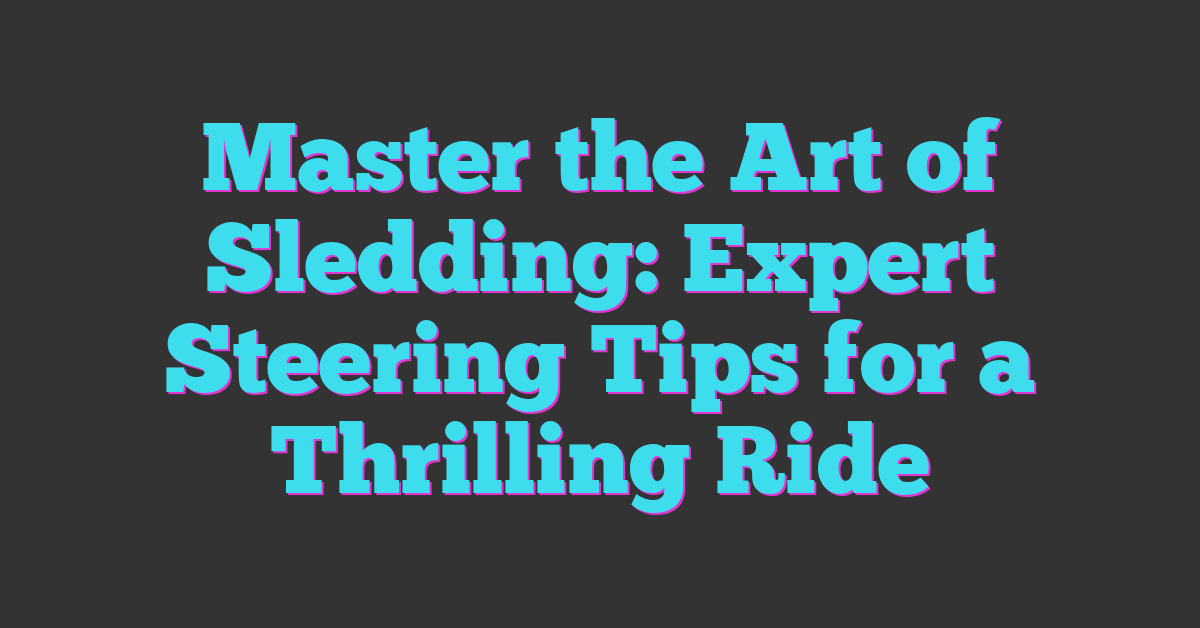Imagine gliding down a snow-covered slope, the crisp air rushing past you as you compete against the clock. Skiing’s exhilarating spirit has captivated adventurers for centuries, but have you ever wondered where it all began? The first ski competitions marked a turning point in winter sports, transforming a practical means of transportation into a thrilling contest of skill and speed.

Historical Context of Skiing
Skiing’s journey from a survival tool to an exhilarating sport captures the spirit of adventure shared by snow sports lovers. Understanding its historical roots enriches your appreciation for modern competitions and techniques.
Origins of Skiing
Skiing traces back over 5,000 years, with the first evidence found in Scandinavia. Archaeological finds show wooden skis used by ancient people for hunting and transportation across snowy terrains. The earliest skis measured around 7 feet long and had bindings made from leather. Your passion for skiing connects to these early skiers, who embraced the thrill of gliding over snow for practical reasons.
Evolution of Skiing Techniques
Skiing techniques evolved significantly from the basic survival skills of the past to the refined art seen today. In the 19th century, Norway introduced techniques like the Telemark turn, which emphasized flexing the knees and using one ski to turn. The modern parallel technique emerged in the early 20th century, allowing for greater control and speed. As competitions began to take shape, racers needed to master these techniques to excel on the slopes, paving the way for the dynamic ski styles you enjoy in competitions today.
The First Ski Competitions Ever Held
The excitement of ski competitions started early, marking the transition of skiing from a practical activity to an exhilarating sport. Understanding where it all began adds depth to your love for winter sports.
Location and Date
The first recorded ski competition took place in 1843 in Norway. The venue, Tromsø, hosted enthusiasts who showcased their skills on wooden skis. This event paved the way for competitive skiing, inspiring similar gatherings across Europe and setting the stage for future championships.
Events and Format
Initially, competitions focused on distance and speed rather than technical prowess. Participants raced over snowy courses, measuring their time for both downhill and cross-country events. These early competitions emphasized endurance, reflecting skiing’s roots in survival. Over time, formats evolved, incorporating slalom and jumping, engaging participants and spectators alike.
Prominent Participants and Their Achievements
Early ski competitions featured remarkable athletes whose achievements set the stage for modern snow sports. These pioneers showcased extraordinary skills and laid the groundwork for the competitive spirit you see in skiing today.
Key Athletes
- Henrik W. Mørk: A legendary figure in early skiing, Mørk won the first recorded ski race in Tromsø in 1843, establishing himself as a formidable force in the sport.
- Sverre H. Horgmo: Competing in the mid-1800s, Horgmo excelled in long-distance events, emphasizing endurance that captivated audiences and inspired future generations.
- Herman S. Bjørnsen: Known for his versatility, Bjørnsen dominated jumping and slalom disciplines, showcasing the broad skill set required in early competitions.
Notable Performances
- Tromsø Race of 1843: Mørk’s victory in this inaugural competition marked a cultural shift, illustrating skiing’s transition from a rudimentary activity to an exciting sport.
- 1850 Oslo Championships: Horgmo’s win in a grueling 50-kilometer race set a benchmark for endurance events, pushing competitors to new limits.
- Slalom Innovations: Bjørnsen’s pioneering slalom technique during the 1860s transformed racing styles, influencing how skiers navigate slopes and compete.
These athletes and their groundbreaking performances not only highlight skiing’s rich history but also ignite the passion for winter sports, fueling your love for the slopes today.
Impact on Skiing Culture
The early ski competitions established a strong foundation for ski culture, igniting excitement among enthusiasts. These events fostered a sense of community and drove innovations in skiing techniques and gear.
Influence on Future Competitions
Early competitions influenced the structure and organization of modern events. They showcased various formats, expanding from simple speed races to complex multi-discipline contests. Current ski competitions often include combined events, featuring elements of downhill racing, slalom, and freestyle, reflecting this evolution. Besides, the enthusiastic participation of spectators and athletes during these initial races paved the way for lively, community-driven snow sports festivals, sustaining excitement throughout winter seasons.
Development of Skiing as a Sport
The transition from skiing as a survival skill to a competitive sport changed its landscape significantly. With each competition, athletes inspired innovation in techniques, leading to specialized training practices. Skis evolved, incorporating advancements in materials and design, enhancing performance on various terrains. As skiing gained popularity, it attracted sponsorships and media coverage, turning local competitions into internationally recognized events. This growth in visibility brought increased participation, alerting a wider audience to the joy and thrill of skiing and embedding it deeper into winter sports culture.
Conclusion
The journey of skiing from a practical necessity to a thrilling competitive sport is truly remarkable. Those early competitions in Tromsø laid the groundwork for everything we enjoy today. They sparked a passion for winter sports that still resonates with athletes and fans alike.
As you watch modern ski events unfold remember the roots that shaped them. Each twist and turn on the slopes carries the spirit of those first competitors who dared to race. The evolution of skiing techniques and gear continues to inspire new generations.
So whether you’re hitting the slopes yourself or cheering from the sidelines embrace the excitement that skiing brings. It’s a celebration of skill community and the joy of winter that connects us all.










